Origami
Origami is the ancient Japanese art of paper folding. One uncut square of paper can, in the hands of an origami artist, be folded into a bird, a frog, a sailboat, or a Japanese samurai helmet beetle. Origami can be extraordinarily complicated and intricate.
 The art of origami has been going through a renaissance over the past 30 years, with new designs being created at ever-increasing levels of complexity.
The art of origami has been going through a renaissance over the past 30 years, with new designs being created at ever-increasing levels of complexity.
It’s no coincidence that this rise in origami complexity has emerged at the same time scientists, mathematicians and origami artists themselves have been discovering more and more of the mathematical rules that govern how paper folding works.
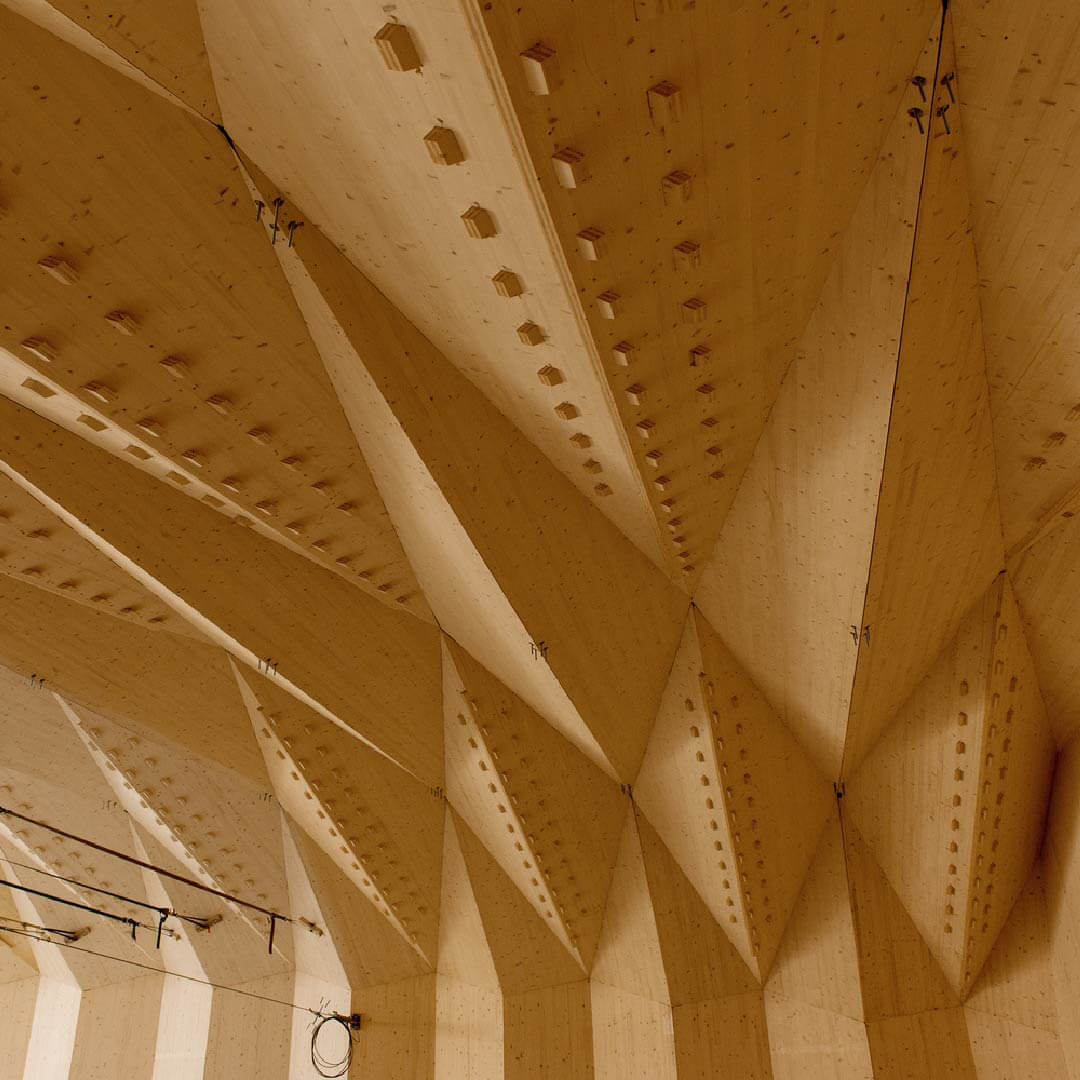
[1]
Indeed, if you take an origami model, of a bird for example, and carefully unfold it, you’ll see the pattern of creases that act as a blueprint for the model.
This crease pattern contains the secret of how the paper is able to fold into the bird – and that secret is math.
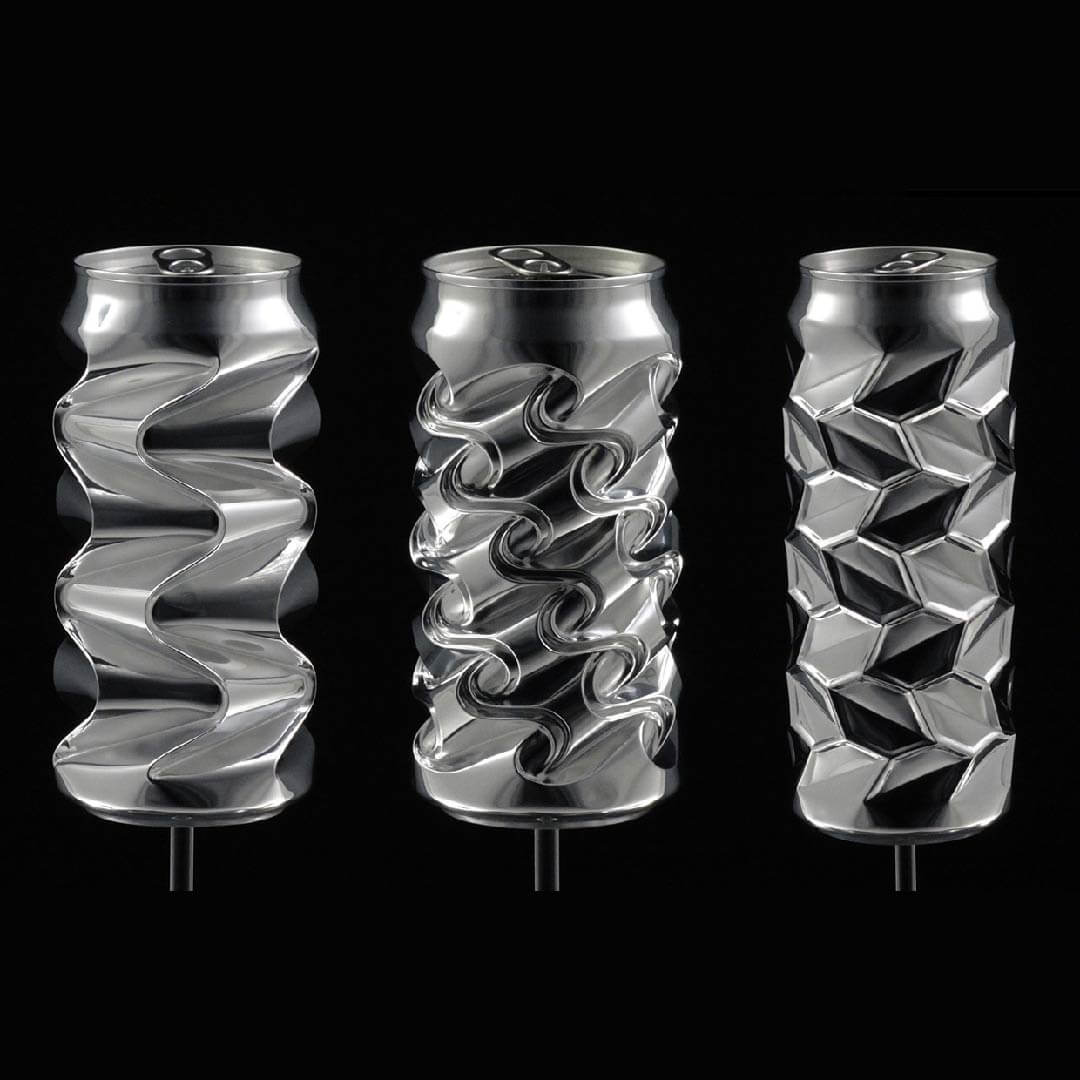
[2]
In theory, we could use this crease pattern to determine exactly how the paper should fold up and what shape it will form – if, that is, we understood all the secret rules of paper folding.
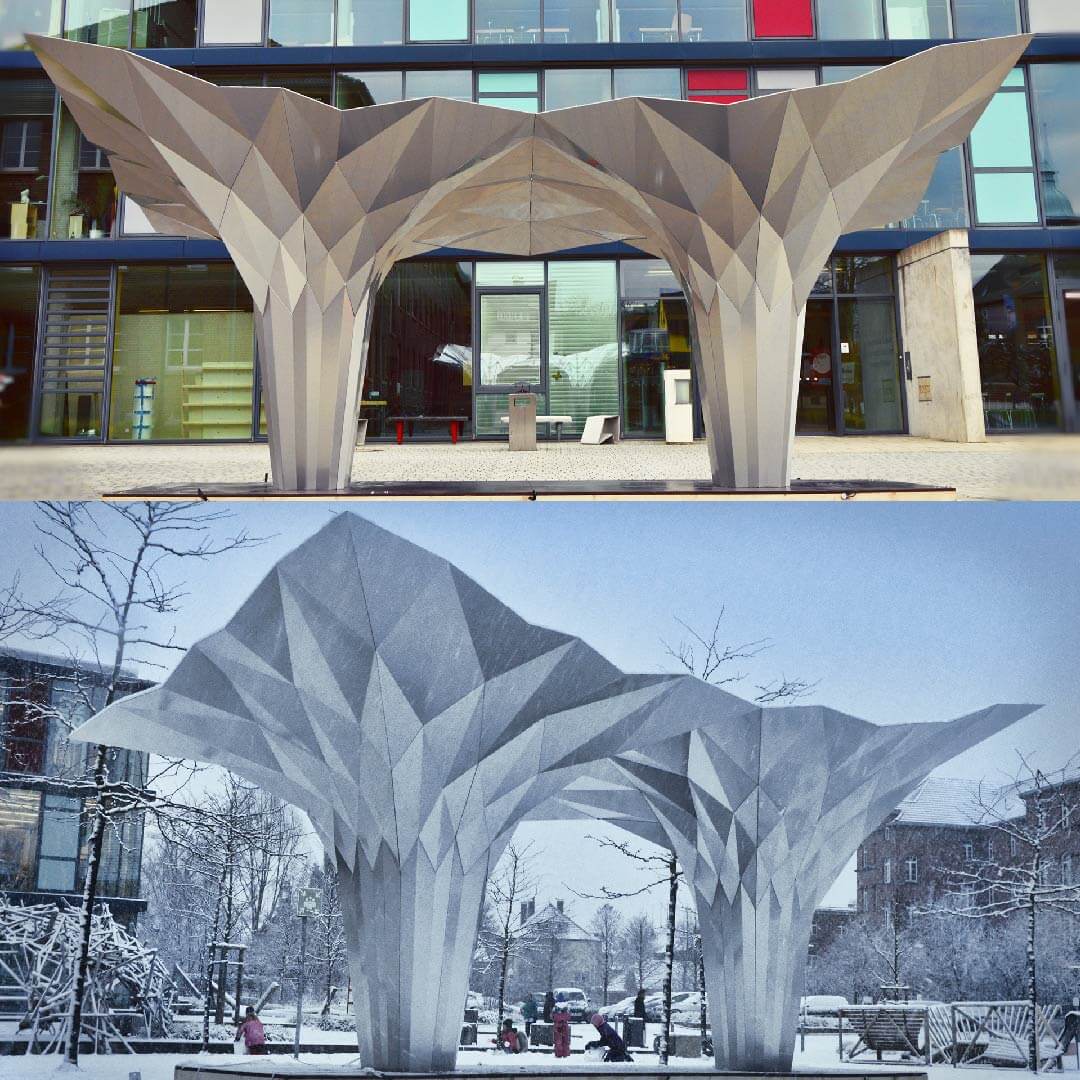
[3]
At heart, mathematics is about understanding the rules and patterns of the universe, be they patterns in numbers, in the stock market, or in nature.
Most traditional origami models fold flat, meaning you could press the model in a book without crumpling it.
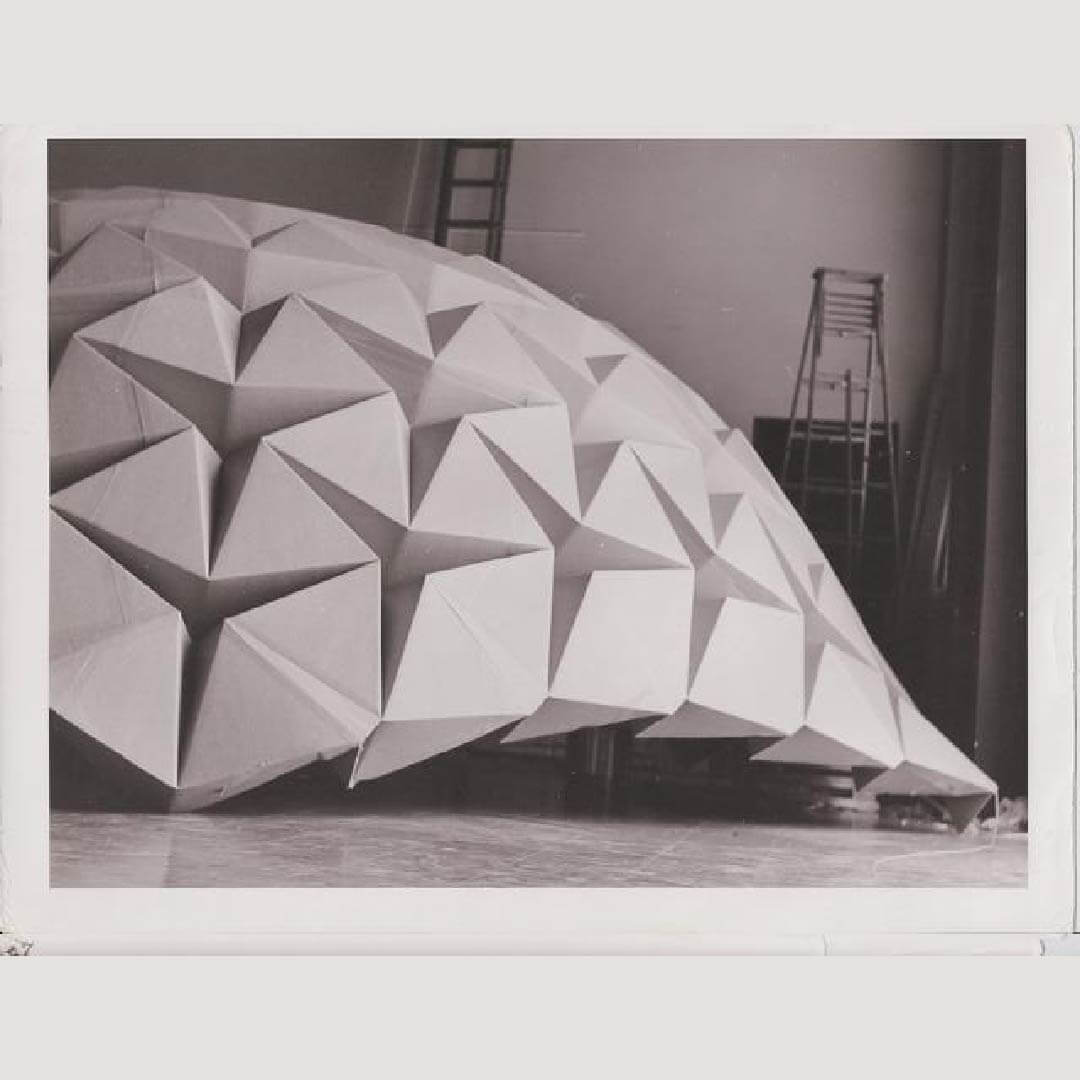 It turns out that the crease patterns of flat origami models have some very special properties.
It turns out that the crease patterns of flat origami models have some very special properties.
One of them is called Maekawa’s Theorem: at every vertex where creases intersect in a flat origami crease pattern, the difference between the number of mountain and valley creases is always two.
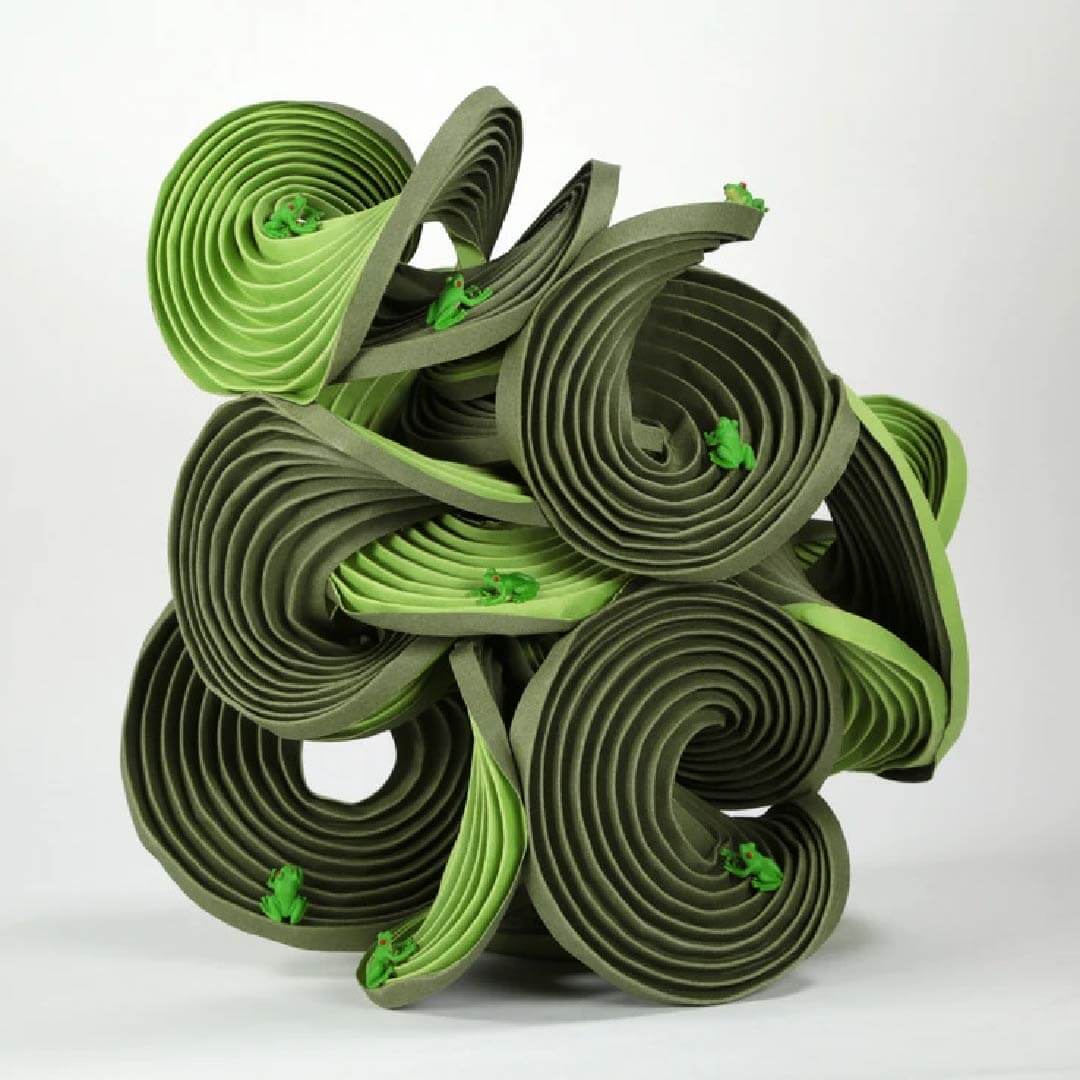 In the 1970s, Japanese astrophysicist Koryo Miura invented his Miura map fold, also known as the Miura-ori. It’s an example of an origami tesselation, where one shape is repeated over and over, with no gaps, across a whole surface.
In the 1970s, Japanese astrophysicist Koryo Miura invented his Miura map fold, also known as the Miura-ori. It’s an example of an origami tesselation, where one shape is repeated over and over, with no gaps, across a whole surface.
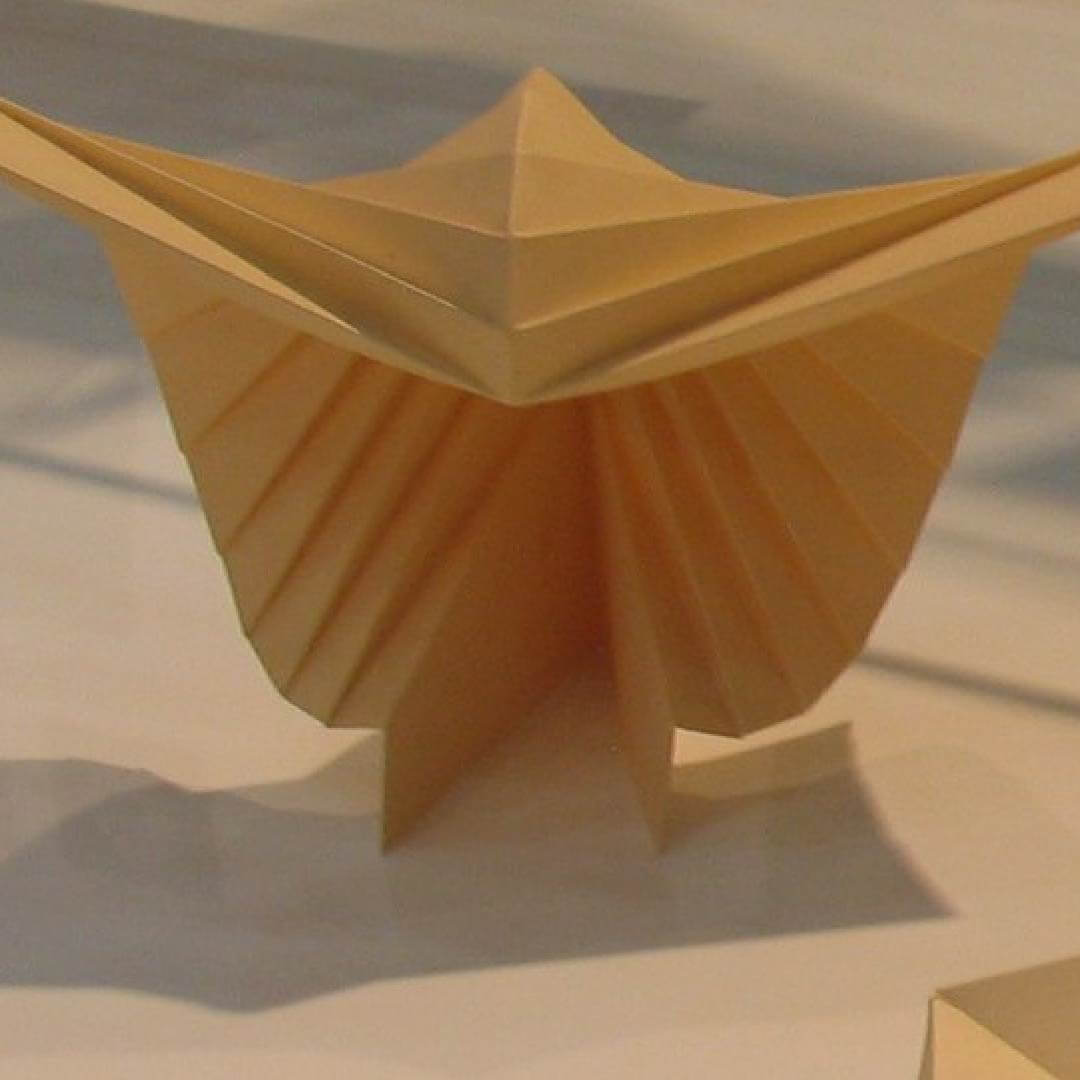
[4]
In this case, the crease pattern is a tiling of parallelograms laid out so the lines of the tiling also obey the rules of flat-folded origami. Dr. Miura chose the mountains and valleys of his crease pattern so that the model would open and close very easily.
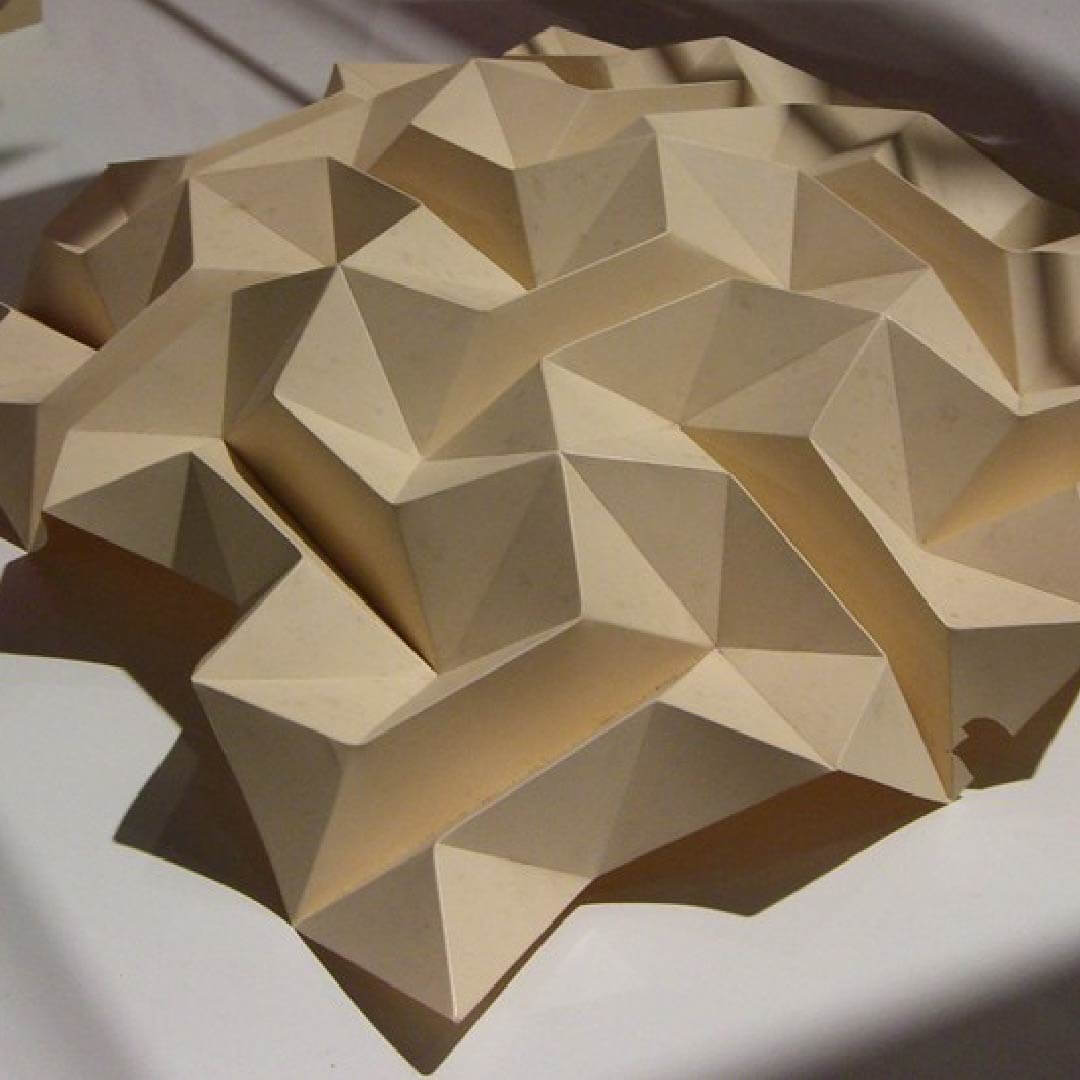
[5]
This crease pattern makes a very good alternative for folding a map, since it opens and closes so easily.
The array can then fold up into a small package to be put on a space satellite before being launched on a rocket. Once in space it could be opened by a simple expansion rod without the help of human hands.
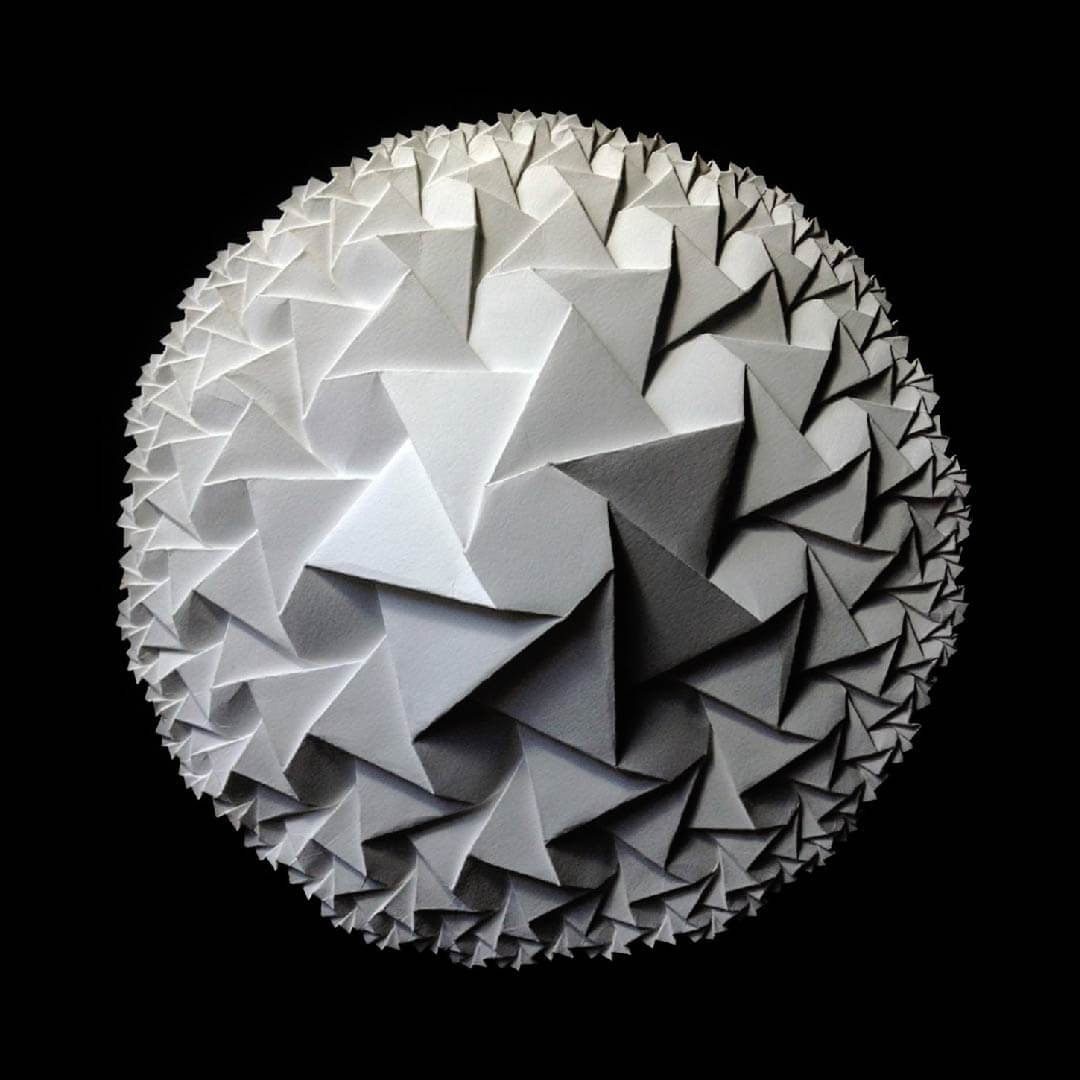
[6]
The Miura map fold has inspired a lot of researchers to investigate how it works, its properties, and how it can be used.

[7]
Text Source: Origami: mathematics in creasing / theconversation
Video Source:
Dented Can Sculpture: A Glorification of Process / Youtube/ Noah Deledda
Cans Are Transformed Into Amazing Works Of Art / Youtube/ Art Insider
Tal Friedman Origami pavilion fabrication and assembly/ Youtube / talfriedman
Science of Innovation: Origami Structures / Youtube / USPTOvideo
Franziska Seehausen | unFold–inMotion / Youtube / Franziska Seehausen
Origami-inspired material designed to soften impact / Youtube/ UW (University of Washington)
How NASA Engineers Use Origami To Design Future Spacecraft / Youtube/ Seeker
Engineering with Origami / Youtube/ Veritasium
How origami is inspiring new kinds of emergency shelters / Youtube/ Nature Video
The Vidy Theater – A Double-Layered Timber Folded Plate Structure / Youtube/ EPFL IBOIS
Paper Tubes Make Stiff Origami Structures / Youtube / Georgia Tech
Folding Technique on Origamic Architecture / Youtube/ 103 cia
RESPONSIVE FACADE EXPERIMENT / Youtube/ GenoMorph
Responsive Morphologies Paper Folding / Youtube/ Andrea Quartara
maneuvrable Structure / Youtube /Motizz1986
kinetic origami scultpure / Youtube/ Jolea Schwindt
Artist Makes Kinetic Origami Art That Shrinks And Expands / Youtube/ Art Insider
These Furniture Pieces Can Be Folded Flat In Seconds / YOutube/ Art Insider
Nomad – Folding Flax Pavilion / Youtube/ Kathleen Bainbridge
Crane movie / Youtube/ Origami Crane




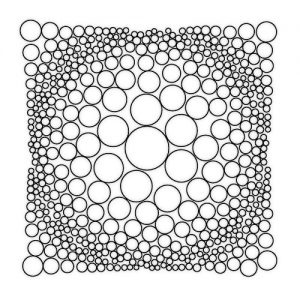























Comments